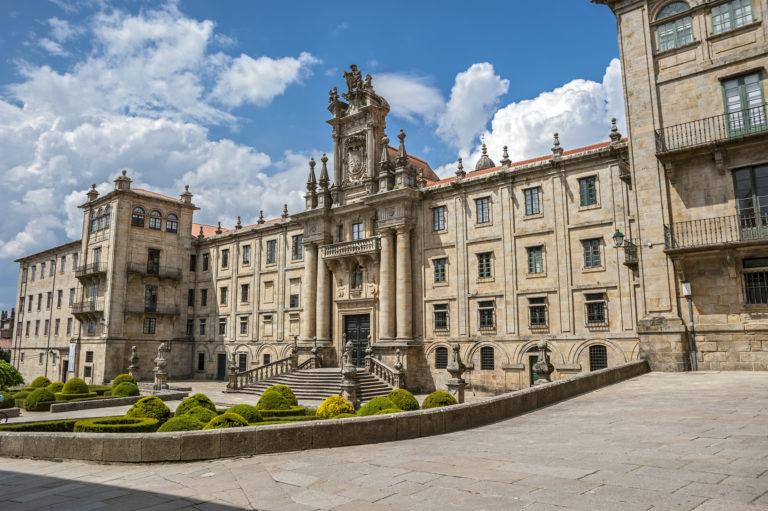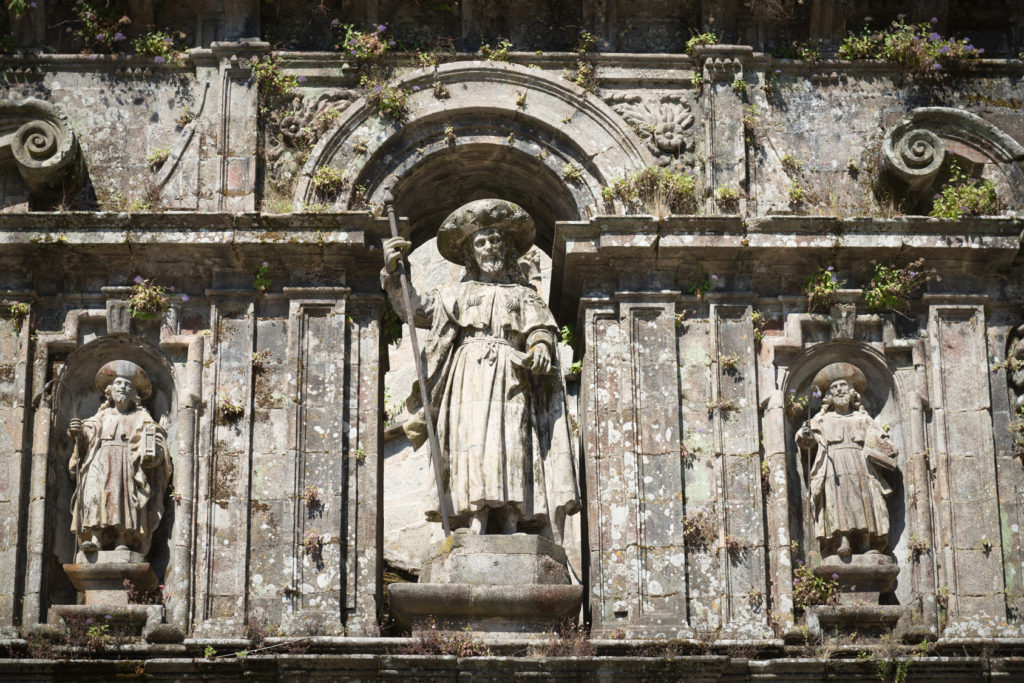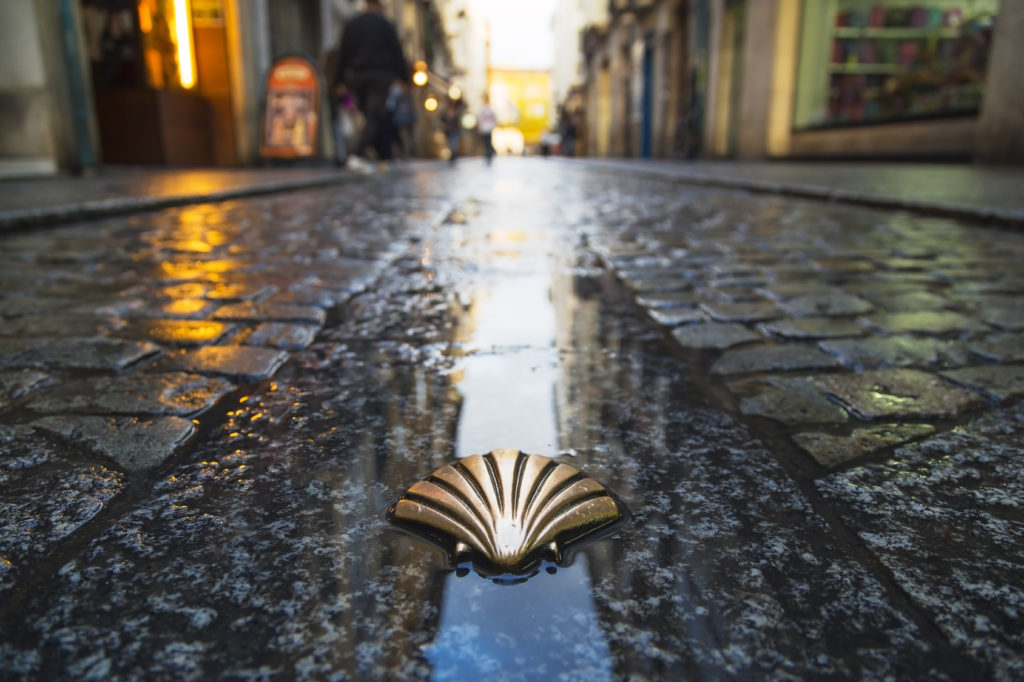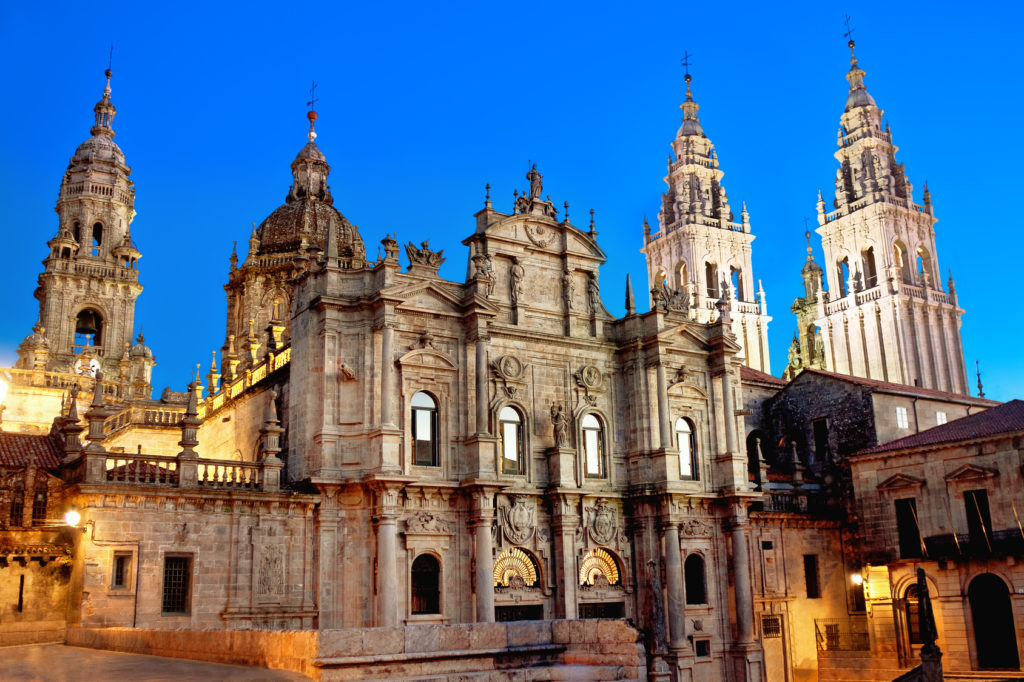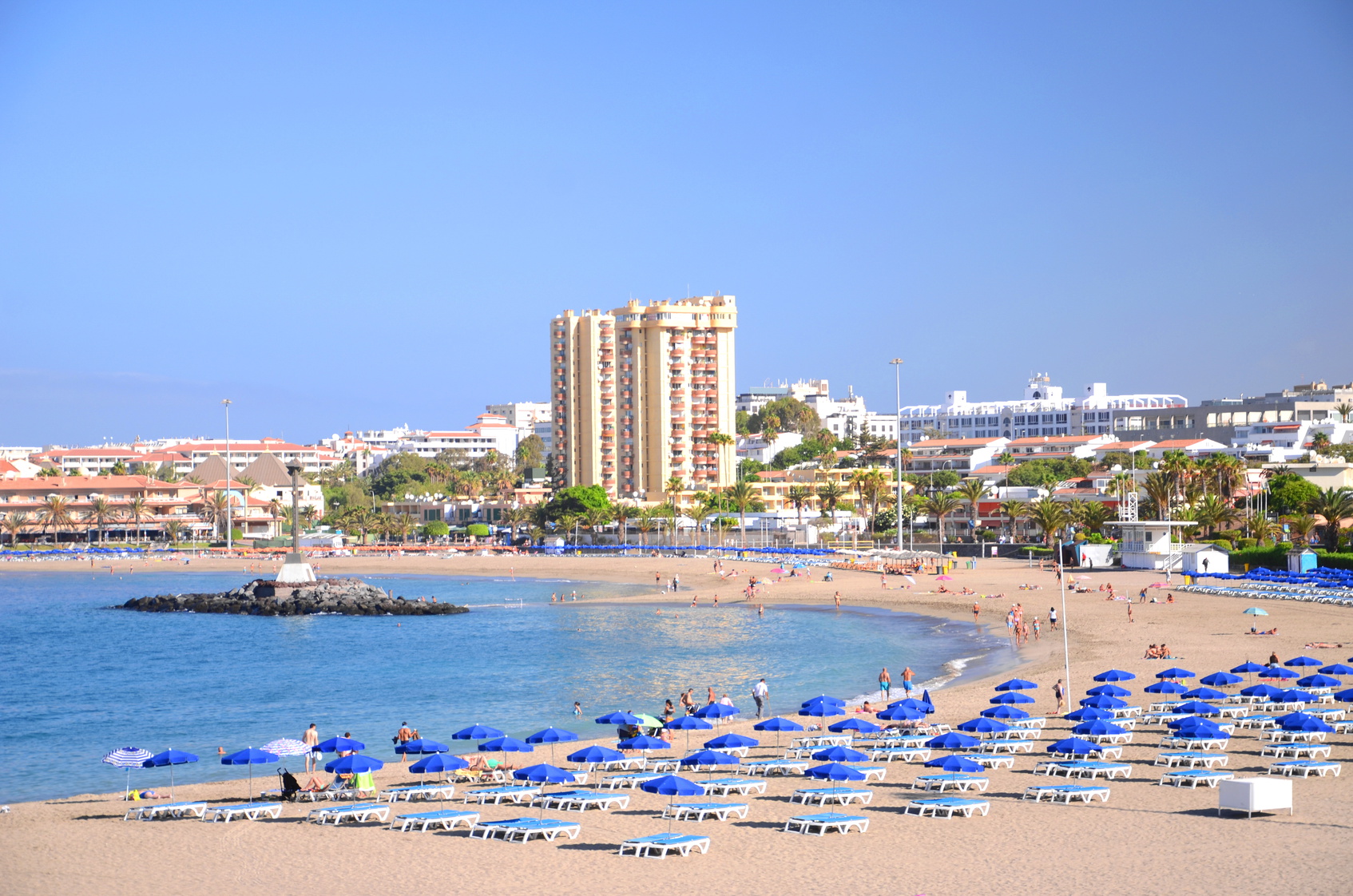For the faithful, Santiago de Compostela is a place that needs no introduction. As the final stop on the epic Camino de Santiago, this historic city in Spain’s north-western Galicia region is one of the most important pilgrimage sites in Christendom. Today, over 250,000 Camino de Santiago pilgrims make the physical and spiritual journey to this holy site each year – not to mention the countless other visitors who are drawn to this moving place.
Whether you’re going directly or making your way gradually via one of the traditional routes of the Way of St. James, Santiago de Compostela is an amazing and spiritual experience. Prepare for your visit by reading up on the background and major sights at this major pilgrimage destination.
What to Expect
Background
The city of Santiago de Compostela traces its roots back to the shrine of St. James the Great, one of the Twelve Apostles of Jesus. Considered in Christian tradition to be the first apostle to be martyred, St. James is the patron saint of Spain – and as such commonly known as Santiago. According to legend, the remains of St. James were brought from Jerusalem to Galicia for burial. During the early 9th century, a shepherd discovered the burial site, having been guided to it by the light of a bright star. To honour the saint, a shrine was built on the spot, which over time grew into a grand cathedral, which in turn led to the development of the city of Santiago de Compostela. Today, the city is home to about 95,000 residents, and its Old Town is a UNESCO World Heritage Site.
The Camino de Santiago
During the Middle Ages, the city became one of the most important Christian pilgrimage sites. The network of routes leading to Santiago de Compostela, the Camino de Santiago (known in English as the Way of Saint James), stretches all over Western Europe, leading the faithful to the holy site. Though many pilgrims begin their journey at their own homes, many will follow at least part of the Way of St. James, which is marked with a scallop shell symbol.
The Cathedral
The main attraction here is, naturally, the Cathedral of Santiago de Compostela – the burial place of St. James. As you approach the cathedral across the magnificent, sprawling Praza do Obradoiro, you’ll be in awe of this grand and imposing structure. Begun in 1060, the cathedral’s exterior includes Romanesque, Gothic, and Baroque styles. The Obradoiro façade is the cathedral’s most iconic, featuring two soaring bell towers, a grand double staircase, and an untold number of elaborately carved statues and figures.
As you enter the cathedral from the western end (through the Obradoiro façade), you’ll pass under the Pórtico da Gloria (Portico of Glory) – a Romanesque stone portico adorned with statues of the Apostles as well as other Old Testament figures. Front and centre beneath the middle arch of the portico, you’ll see a large column that supports a statue of St. James himself.
Next, you’ll make your way along the vaulted nave with its soaring columns. At the altar, a huge baldachin (canopy) covers a sumptuous statue of St. James. The adjacent chapels contain paintings, reliquaries, and sculptures accumulated over the centuries. Don’t miss the 9th-century gold crucifix in the Chapel of the Reliquary, which contains a fragment of the True Cross.
The most famous part of the cathedral, however, lies just beneath the altar. The underground crypt holds the relics of Saint James and two of his disciples, Saint Theodorus and Saint Athanasius. Though it may seem odd that the holiest attractions of Santiago de Compostela are relatively hidden from view, this quiet and intimate setting is actually the perfect place for private reflection and prayer.
How to Get to Santiago de Compostela
If you’re not planning to make a pilgrimage to Santiago de Compostela on foot like the pilgrims of old, you’re probably traveling by air. Santiago, though a fairly small city, does have its own airport. Nonstop flights from London are available with Ryanair, easyJet, and British Airways, with total flight time just over two hours.
Once you’ve touched down at the airport of your choosing, let Shuttle Direct take you the rest of the way. Arrange your transfer from Santiago de Compostela airport before you leave home and you’ll be guaranteed a swift pick-up and drop-off upon arrival.
Where to Stay:
Hotel Pazo de Altamira – For a simple but elegant experience, look into this three-star boutique hotel just 650 feet from Santiago de Compostela Cathedral. Modern and minimalist, this hotel nevertheless exudes Spanish style in its historic surroundings. Don’t skip a meal at the hotel’s restaurant, which serves up excellent local Galician cuisine.
San Francisco Hotel Monumento – What could be more fitting for your Santiago de Compostela trip than a stay in a historic monastery? Just 500 feet from the cathedral, this historic and charming hotel immerses you in the true Santiago experience. With its exposed stone walls and dramatically arched dining area, this four-star hotel takes you back in time without sacrificing modern conveniences.
Parador de Santiago – For old-world Spanish luxury, look no further than this five-star hotel situated right next to Santiago cathedral. Though the hotel is housed within a 15th century building and features enchanting period accents, this is a fully-equipped 21st century hotel. That means you don’t have to choose between atmospheric stone arches and free WiFi!
About Shuttle Direct:
No matter what kind of journey you’re taking – whether it be for spiritual fulfilment or cultural exploration – Shuttle Direct can help to get you there. As the largest provider of transfer services across Europe and North Africa, we have years of experience helping travellers along their way. Before you set off on your next journey, make a pre-booking with us your first step.

